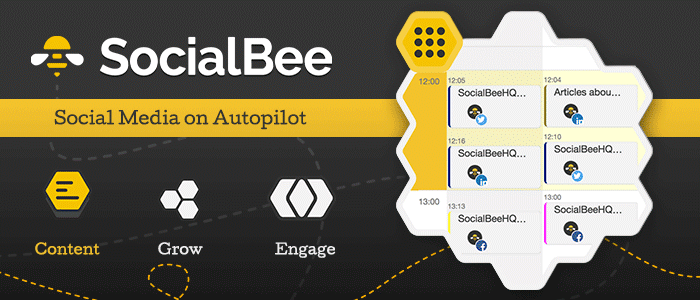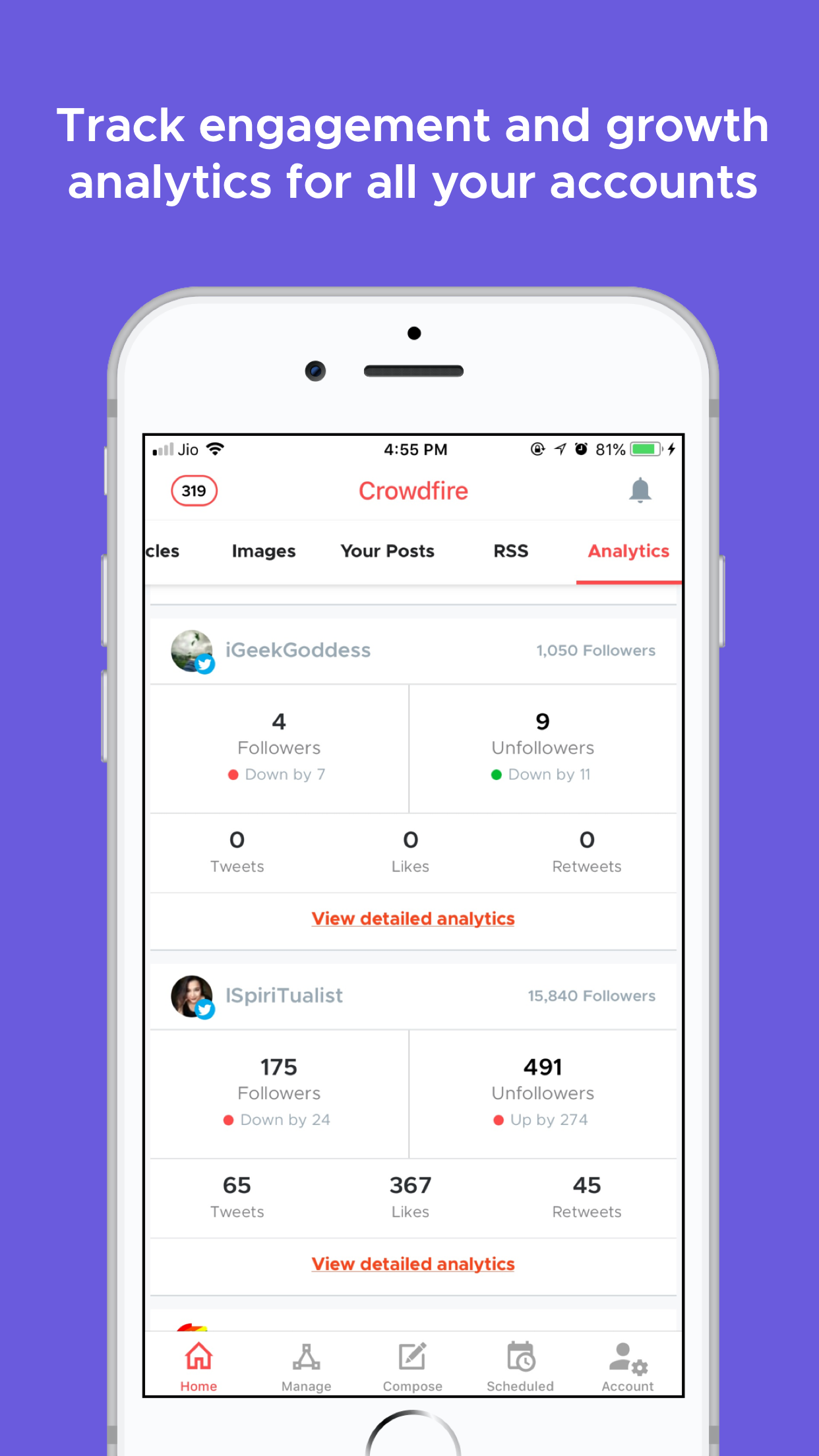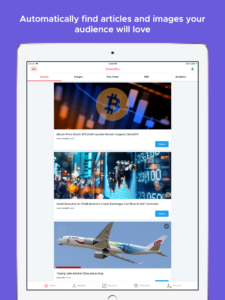Good social media engagement is determined before you even start typing up that clever tweet.
Too many people often fail by trying to be too diverse. They often strive to engage everyone and will bend over backward to try to make everyone happy. In the church, we have to remember not everyone will receive our message but to continue in God’s work anyway.
1. Regularly add compelling content- Create a Content Schedule
Most audiences love the idea of having content on a timely and routine schedule. It’s why television and radio stations have time slots. And this sense of reliability is apparent online. Not just a couple of times per month. Weekly. You need to build compelling content that attracts a specific audience.
The hardest part is discovering when your target audience is the most active. However, there are plenty of tools to help you gauge this. Some platforms even come with their own form of analytics software.
Between Facebook, Twitter, Pinterest, LinkedIn, Instagram, Snapchat, and whatever new buzzworthy social channel the world will launch next, it takes serious organizational skills to keep track of a company’s social media calendar.
This is about the structure and being viewed as a reliable brand. And straying from a schedule can cause upheaval within the community you’re trying to create.
Grab a content scheduler template
Perhaps one of the best ways to build an audience is to make sure you’re creating amazing content. Whether you’re writing blog posts or creating YouTube videos, your audience needs to absorb some kind of quality material.
It’s all about creating content relevant to the brand and giving the audience information they want and need. The material should leave the viewer or reader fulfilled in some fashion.
Leverage topics and conversations that are happening in your industry, your city, and your customers’ offices. It’s a great way to connect on a more personal level with your customer base.
2. Nurture and grow your audience
It’s not just about consistent online content, you also have to nurture and grow your audience over time. That means responding and replying to comments, building a community through email marketing and creating a Facebook Group where you can converse regularly with them.
Promotional videos are specifically created to, well, promote. This can be for an upcoming event such as a big holiday sale or a new product launch coming soon. Promotional videos are effective ways to create interest around a product or event and bring the buzz. While some video types are evergreen, promotional videos are usually specifically targeted at a product feature or event which may have a timeframe attached to it.

Video isn’t the only type of content to build an audience. You need to exploit as many channels as possible if you want to reach more of a consumer-base. This often includes starting a blog of your own, if you haven’t already.
Then, promote that content on social media through posts using systems like Crowdfire or Socialbee. This way, you can engage as many of your target audience as possible while spending less time updating social profiles.
You’ve probably heard about developing and maintain a voice for your brand. This voice is what you’ll use in your content and social media communications. These channels are personal for your readers. Don’t speak to the masses.
3. Engaging through storytelling
The better you are at telling stories, the more likely you’ll succeed with social media. The fact is that people want to consume engaging content.
That happens through the vehicle of a powerful story. The better you are at related concepts through storytelling, the quicker you’ll be able to grow your social media audience.
Back up your points with hard evidence. Maintain your credibility by accurately citing your sources and imagery. Be objective and professional.
For example, create a story for your message or sermon with a:
Beginning
Address a problem your message or service can solve.
Middle
Detail how you can help solve the problem by showing your intent for the message.
End
Show the end result and how your brand can make someone’s life better.
This is a common practice that’s been around for ages. In fact, as I write this, I am reminded of the countless stories I have read in the Bible prior to the days of the Internet. Although many were complicated and sometimes hard for us to understand in the modern world we live in now, most were exceptionally effective.
4. Strategically attracting readers
The more you know and understand about the mechanics of these strategies, the better and quicker you’ll be able to grow your audience over time. Partner and leverage with influencers who have the audience you are targeting. Visuals are high-performers on social media, so be sure to include an eye-catching, colorful image or graphic with each post.
Using tools such as Google Analytics can help narrow your audience. Not only are some of the demographics recorded of your visitors, but the most important content on your site is also a metric to consider.
Like anything else, it’s hard to know what success looks like if you don’t have goals to meet. Your goals will help dictate which platform to begin your video marketing efforts. Facebook, for example, is built for engagement and conversions and Twitter is best used to start a conversation and drive traffic to external sites. When creating your video marketing strategy, consider both the goal of the campaign and the best uses of the platform you’re distributing on.
Your goals may include:
- Increasing your reach (more followers)
- Engagement (likes, shares, etc)
- Conversions (click-through rates, revenue)
- Awareness (impressions, views)
With Crowdfire you can curate content, schedule posts, track conversations and measure performance from a single dashboard at a competitive price.
Take a step back and read your post. Who are you talking to? Who are you trying to reach? And who are you trying to solve problems for? Who are the few that will get the most out of your content?
5. Staying topical
Stay topical so that you can provide some certainty to your audience about the topic and make search engines like Google happy. Your audience is focused on a specific topic/category, and you don’t want to stray from it. Otherwise, you could lose some of the audience you’ve already collected.
If the content you share on social media helps your audience address their needs and pain points, you’ll have solid social media engagement guaranteed.
Don’t simply “set it and forget it” with generic, automated links blasted across all of your social media channels. Tailor your content for each channel’s users.
For example, you should use Twitter to share latest news and real-time alerts, while you can use Facebook to tell more compelling, longer stories about the people who benefit from your work.





